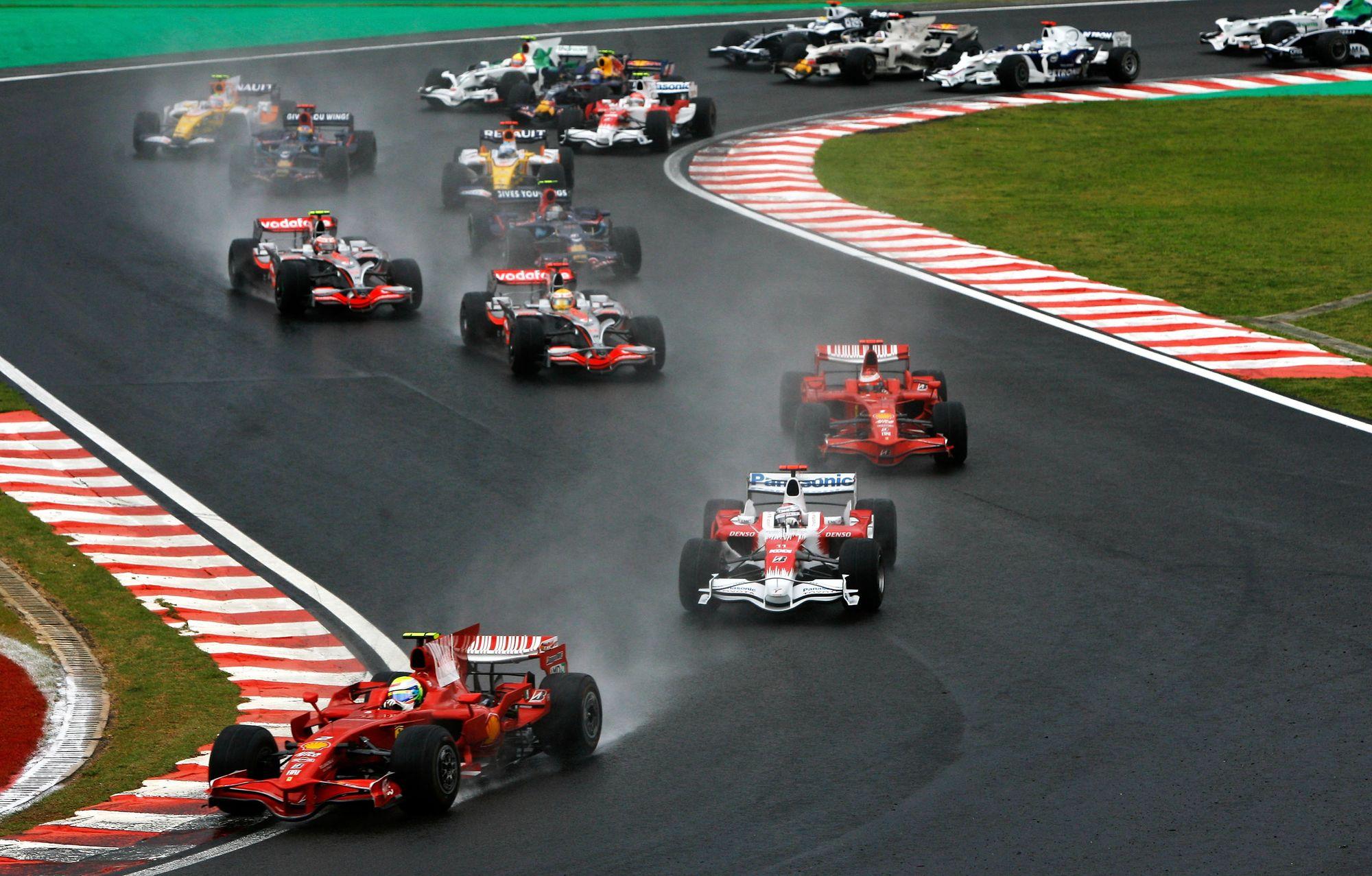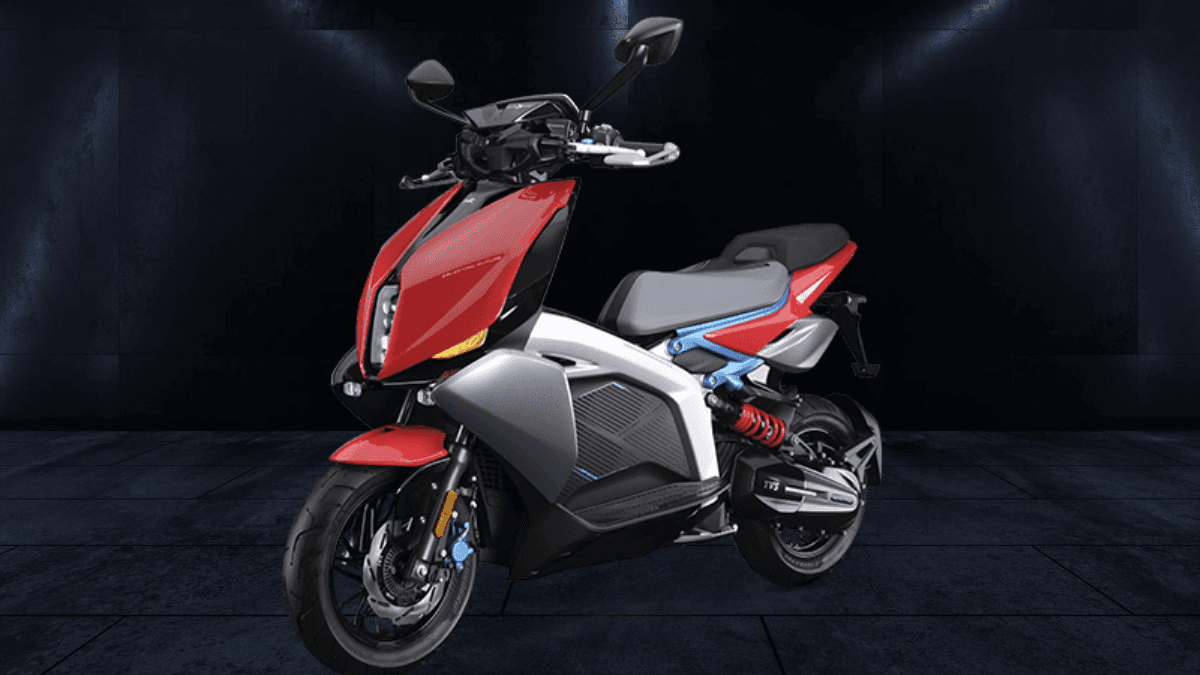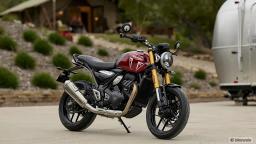MotoGP, the pinnacle of motorcycle racing, has witnessed a remarkable evolution in the design and technology of its bikes over the years. From the post-World War II era to the cutting-edge machines of today, this timeline explores the significant developments that have shaped the world of MotoGP.
- Blogs
- Automobiles
- The Evolution Of Motogp Bikes 6503100414e5bf000128799d
The Evolution of MotoGP Bikes
Automobiles • 14 Sept, 2023 • 42,467 Views • ⭐ 5.0
Written by Shivani Chourasia
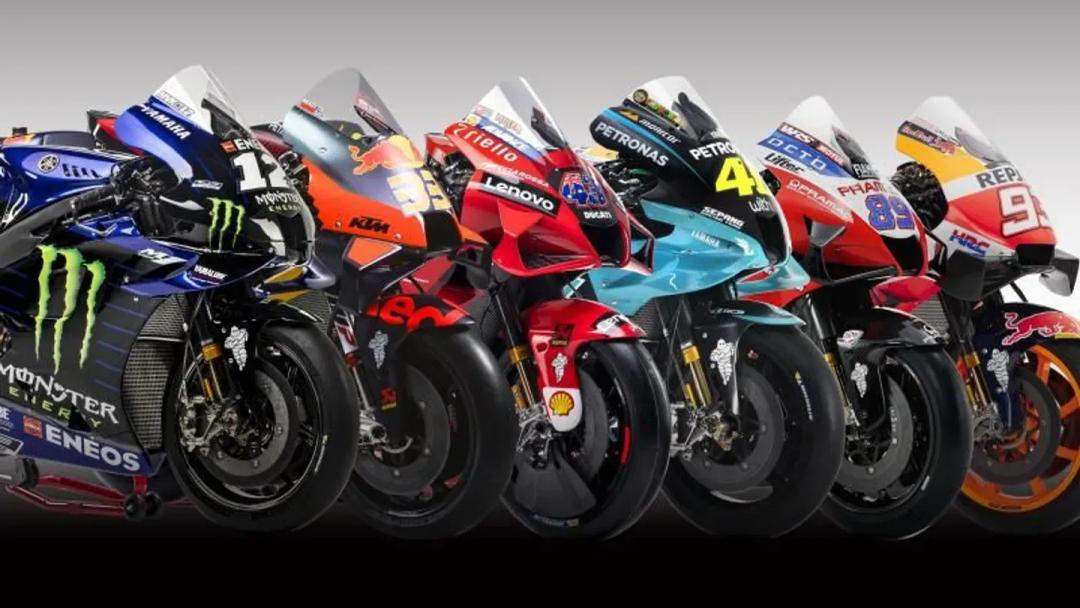
1949-1960s: The Early Days of Lightweight Racing

In 1949, the FIM Grand Prix World Championship began with lightweight, single-cylinder motorcycles. These bikes featured air-cooled engines and modest power outputs. They were a far cry from the sophisticated machines we see today, but they laid the foundation for MotoGP.
1970s: Rise of the Japanese Machines
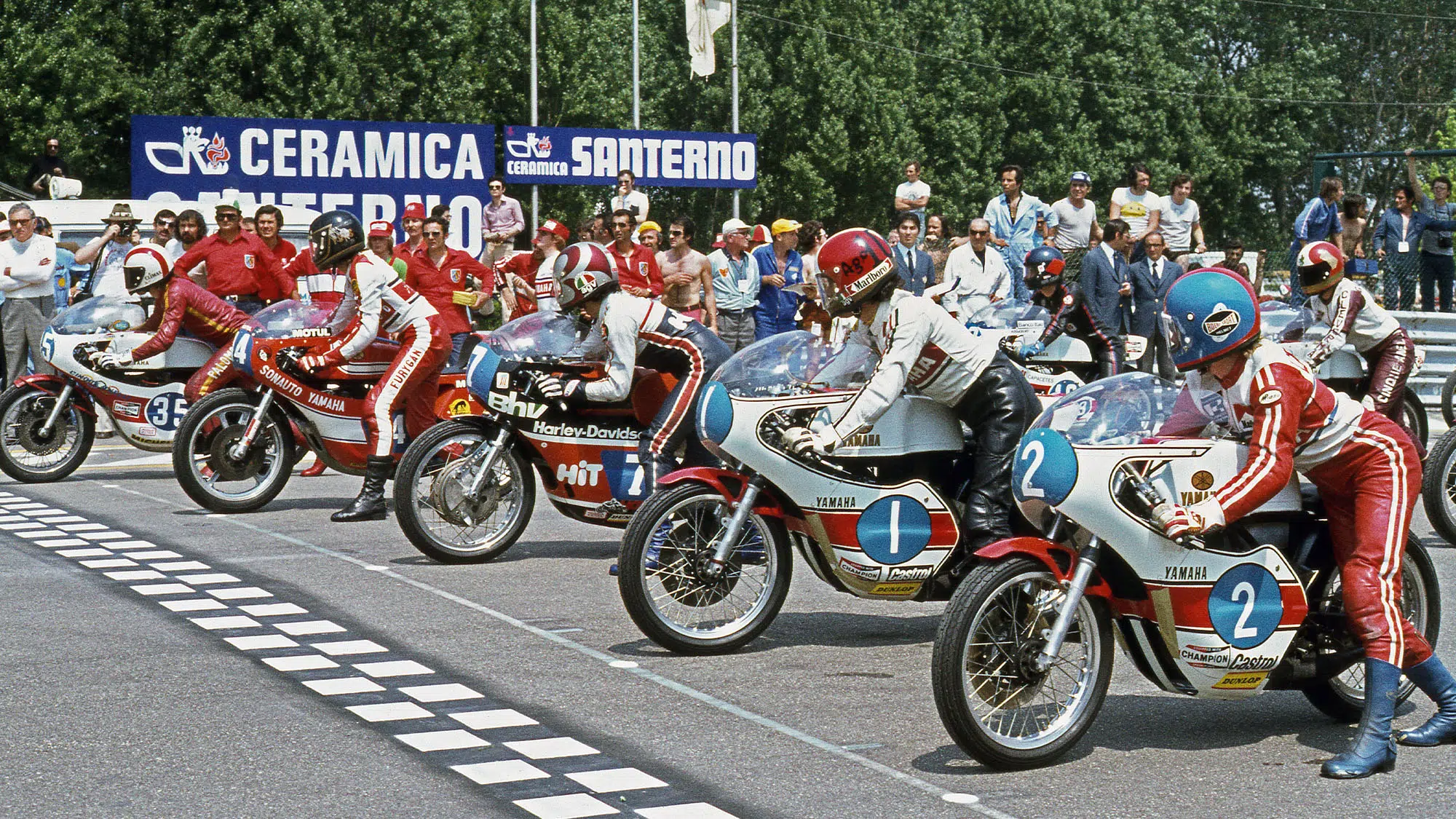
The 1970s marked the resurgence of four-stroke engines in MotoGP. These bikes offered better fuel efficiency and torque compared to their two-stroke counterparts. Additionally, improvements in aerodynamics, with streamlined fairings, and the adoption of disc brakes, improved overall performance and safety.
AUTOMOBILES QUIZ • 10 QUESTIONS • 2 MINS
We've got a Automobiles quiz for you!
TAP TO PLAY

1980s: The Golden Era of Two-Strokes
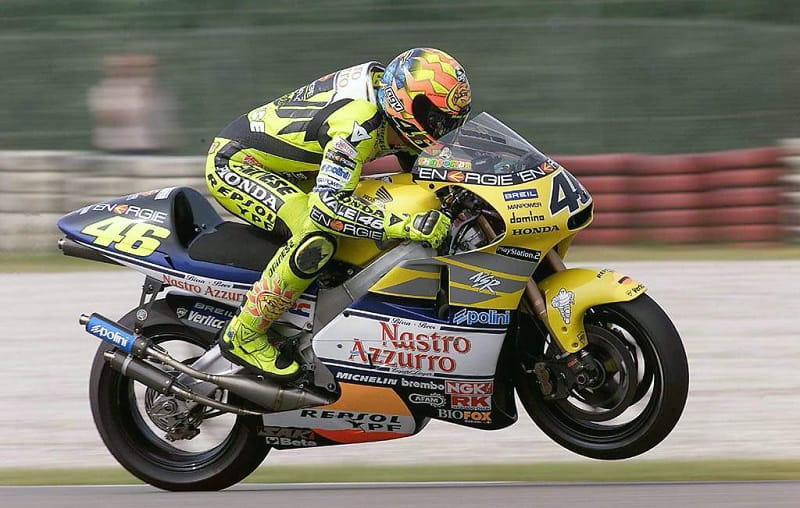
The 1980s are often referred to as the golden era of two-stroke racing. These bikes featured advanced power valve technology that boosted power delivery. Frame designs evolved towards lightweight aluminum, and carbon fiber components started to make appearances, primarily for weight reduction.
1990s: The Transitional Period

In the 1990s, MotoGP (then known as the 500cc World Championship) saw fierce competition. Dominated by two-stroke engines, legends like Wayne Rainey, Kevin Schwantz, and Mick Doohan made their mark. Rainey won consecutive titles from 1990-1992. Schwantz secured his only championship in 1993. However, the decade was mostly marked by the dominance of Mick Doohan, who won five consecutive championships from 1994-1998. The period was also characterized by intense manufacturer rivalries, primarily between Yamaha, Honda, and Suzuki. The bikes were demanding to ride, leading to spectacular races and memorable moments.
2000s: The Electronics Revolution and Advanced Materials

The 2000s saw a revolution in MotoGP with the widespread adoption of electronics. By 2002, it was made mandatory to have 4-stroke engines. This proved to be a very successful change as 4-stroke engines proved to be supeiror. Ride-by-wire throttle systems provided precise control over engine output. Seamless gearbox technology improved gearshifts without interrupting power delivery. Carbon fiber frames and swingarms became common, further reducing weight and improving handling.
MOTOGP QUIZ • 10 QUESTIONS • 2 MINS
We've got a MotoGP quiz for you!
TAP TO PLAY

2010s: Sophisticated Electronics and Aerodynamic Advancements

The 2010s continued the trend of sophisticated electronics with more advanced engine management systems and electronic rider aids. Tire warmers became standard, ensuring optimal tire performance from the first lap. Advanced aerodynamic packages, including winglets, were added to enhance downforce and stability, allowing bikes to push the limits even further.
2020s: Electric Prototypes and Sustainability Initiatives
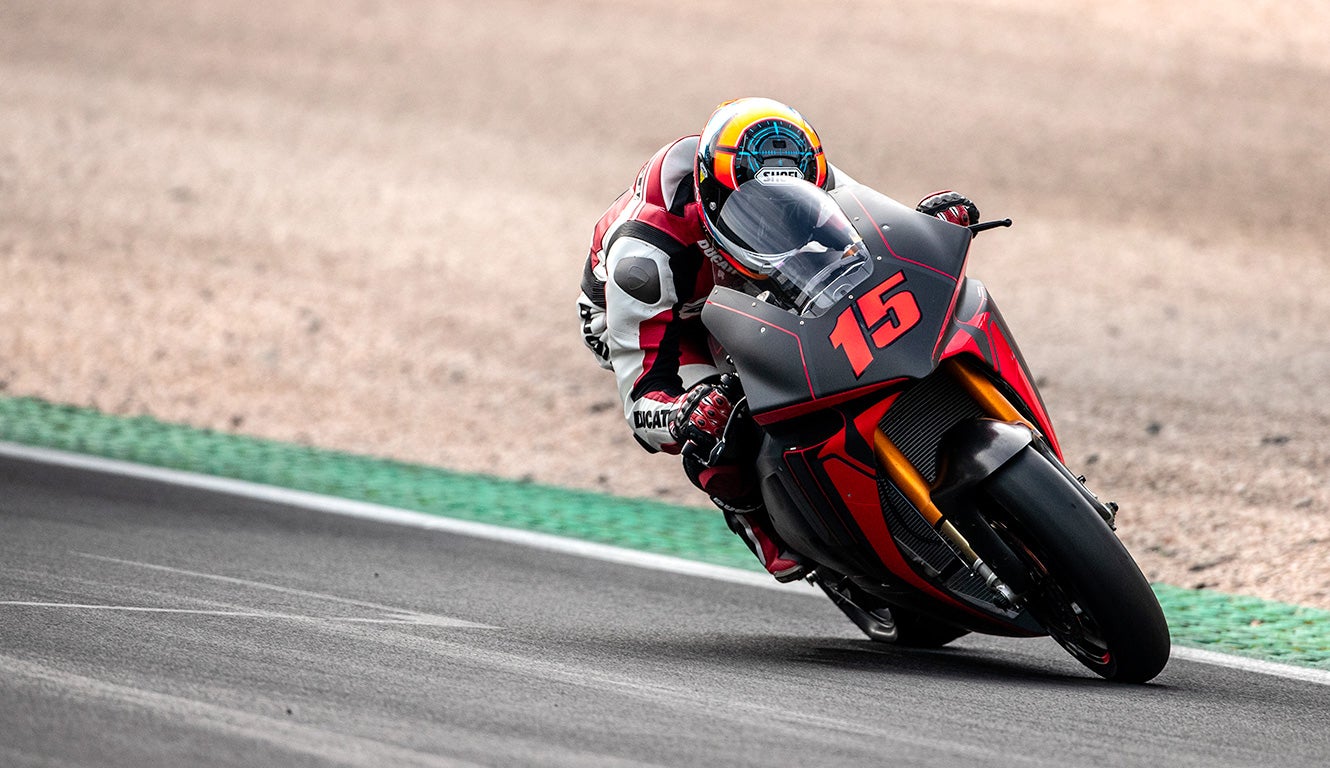
The 2020s introduced electric prototypes as the sport explored sustainable alternatives. These electric bikes showcased the potential for zero-emission racing. Technological advancements continued to optimize performance, with a focus on improving efficiency and reducing environmental impact.
Conclusion
The evolution of MotoGP bikes reflects the relentless pursuit of speed, performance, and safety in motorcycle racing. From the simple, single-cylinder machines of the 1940s to the highly sophisticated, electronically controlled, and aerodynamically optimized bikes of today, MotoGP has continually pushed the boundaries of what's possible on two wheels. As we look to the future, it's clear that technology will play an even more significant role in shaping the next generation of MotoGP motorcycles, as the sport strives for greater performance and sustainability.
Rate this article


